The Macchiaioli and the invention of Plein Air between France and Italy on display in Monza
From February 18 to May 21, 2023, theOrangery of the Villa Reale in Monza will host the exhibition I Macchiaioli e l’invenzione del Plein air tra Francia e Italia, curated by Simona Bartolena: a review that traces the events of the Macchiaioli movement, which developed in the second half of the 19th century, and with its avant-garde pictorial research anticipated in many ways, with surprising modernity, the results proposed later by the French Impressionists. The exhibition, produced and realized by ViDi cultural, in collaboration with the Consorzio Villa Reale e Parco di Monza and the Municipality of Monza, with the contribution of BPER Banca, travel partner Trenord, analyzes the Macchiaioli revolution within a European context, focusing on the technical innovations that the fathers ofen plein air art developed in relation to the theme of landscape, genre painting and historical character.
The exhibition presents ninety works, from private collections as well as from some important institutions such as the Leonardo da Vinci National Museum of Science and Technology in Milan, Palazzo Foresti in Carpi, the Cariparma Foundation in Parma, and the Galleria d’Arte Moderna in Milan, by artists such as Telemaco Signorini, Giovanni Fattori, Giuseppe Abbati, Silvestro Lega, Vincenzo Cabianca, Raffaello Sernesi, and Odoardo Borrani, all protagonists of the evolution of this movement, fundamental for the birth of modern Italian painting, starting precisely from their relationship with the European scene, in particular, with the French one.
“The exhibition,” declares Simona Bartolena, “will propose an unusual way of narrating the event, very close to the gaze of those who were the protagonists of this revolution, which will lead the public to immerse themselves in a very lively historical and cultural moment, from which the ferments of revolt of these new painters will emerge, together with their strong artistic and human personalities. Through biographical insights and technical explanations, the viewer will discover the true art-historical importance of Macchiaioli painting, too often known only for the pleasantness of its tablets.”
The exhibition opens with the section that recounts the development of painting "of the true from life, " starting with the experience of the painters of the Barbizon School, such as Camille Corot, Charles-François Daubigny, Constant Troyon, Théodor Rousseau, and continues with the works of Italian artists, such as Giuseppe and Filippo Palizzi, or Serafino De Tivoli who, thanks to the knowledge he acquired during a trip to Paris, will bring important novelties and confirmations to his colleagues at the Caffè Michelangelo in Florence. It was precisely around the tables of the Florentine café that, in the second half of the 1850s, a group of young authors united by the spirit of rebellion against the academic system and the desire to paint the sense of the real.
Landscape, genre scenes and history are the three main areas within which stain painting developed. In the first case, one will find paintings, made in different years, that have as their subject the Florentine countryside, the coasts of Castiglioncello and its surroundings, and the localities between Tuscany and Liguria, and that document the particular relationship with photography, which was proposed as a new technique with which to deal.
The narrative of the everyday, including women workers in the fields, cattle markets and monks strolling in a city cloister, is certainly one of the most popular subjects of macchia painting, with always innovative results, as in the case of Silvestro Lega’s Il bindolo (Cariparma Foundation) or Cristiano Banti’s Donne che lavorano nei campi (Women working in the fields ) (Palazzo Foresti, Carpi). The Macchiaioli often portrayed historical subjects, but always with a profoundly different attitude from that of their contemporaries. To tell how the artists approached and interpreted the historical-literary theme and the Risorgimento chronicle, masterpieces such as Cristiano Banti’s Romantic Scene , Vincenzo Cabianca’s Dante in the Casentino , Vincenzo Cabianca’s The Letter from the Field (Leonardo da Vinci National Museum of Science and Technology, Milan) and other military scenes by Giovanni Fattori are offered.
As early as the sixth decade of the 19th century, the Macchiaiolo group began to enter a crisis. The last section of the exhibition analyzes the later production of the movement’s main protagonists, also considering their legacy. Works such as Silvestro Lega’s Il corsetto rosso (The Red Corset, Palazzo Foresti, Carpi), Combs La Ville’s Strada and Pioggia a Settignano by Telemaco Signorini, and Giovanni Fattori’s Campagna romana (Leonardo da Vinci National Museum of Science and Technology, Milan) testify to the paths taken by the three great masters. Alongside them are also some masterpieces by those artists who first picked up their teaching and followed in their footsteps, such as Nicolò Cannicci, the Gioli brothers (Francesco Gioli and Luigi Gioli) and the Tommasi.
“The Macchiaioli season represents a phase of our art history of great interest,” comment Mayor and Consortium President Paolo Pilotto with Arianna Bettin, Councillor for Culture, Park and Villa Reale, “if only because it is a limpid manifestation of the spirit of the times. It is significant that while the Macchiaioli were deepening their investigation, Italy was being made and at the same time the Savoys were taking possession of Villa Reale. Hosting an exhibition that addresses this movement means stimulating the multiple connections, in art and beyond, that it had with cultural thrusts that invaded both our country and the whole of Europe, during crucial years for the city of Monza itself.”
For the duration of the exhibition, a series of educational activities, meetings and guided tours for children and adults are planned. The exhibition also has an educational room with free access for families, an itinerary created specifically for children, and a free educational kit to be picked up at the ticket office specially created for the visit of the little ones. In addition, inside the Orangery of the Royal Villa, a work at “child height” will await young visitors for an immersive experience dedicated to them.
There is also an active promotion between the Exhibition I Macchiaioli e l’invenzione del Plein air tra Francia e Italia (The Macchiaioli and the invention of Plein air between France and Italy ) and the Villa Reale visitor route: presenting the ticket for the Exhibition will give access to the route of the First and Second Noble Floors of the Villa Reale with a reduced ticket (€8.00).
Side events include guided tours by appointment (macchiaiolimonza@gmail.com) in the company of curator Simona Bartolena (€20.00 ticket+visit), scheduled for Tuesday, Feb. 28 at 10:30 a.m., Saturday, March 11 at 3 p.m., Wednesday, April 5 at 10:30 a.m.
Hours: Wednesday through Friday 10 a.m. to 1 p.m. and 2 to 7 p.m., Saturday and Sunday 10 a.m. to 8 p.m., closed Mondays and Tuesdays. Tickets: full 12 euros, reduced 10 euros (13 to 18 years old, over 65, groups of at least 15 people), reduced children 5 euros (7-12 years old), reduced school groups 5 euros, free for disabled visitors (to disability greater than 74%) and 1 companion only in case of non-self-sufficiency, children up to 6 years old, school groups companion (2 per group), adult groups companion (1 per group), Musei Lombardia Milano season ticket holders.
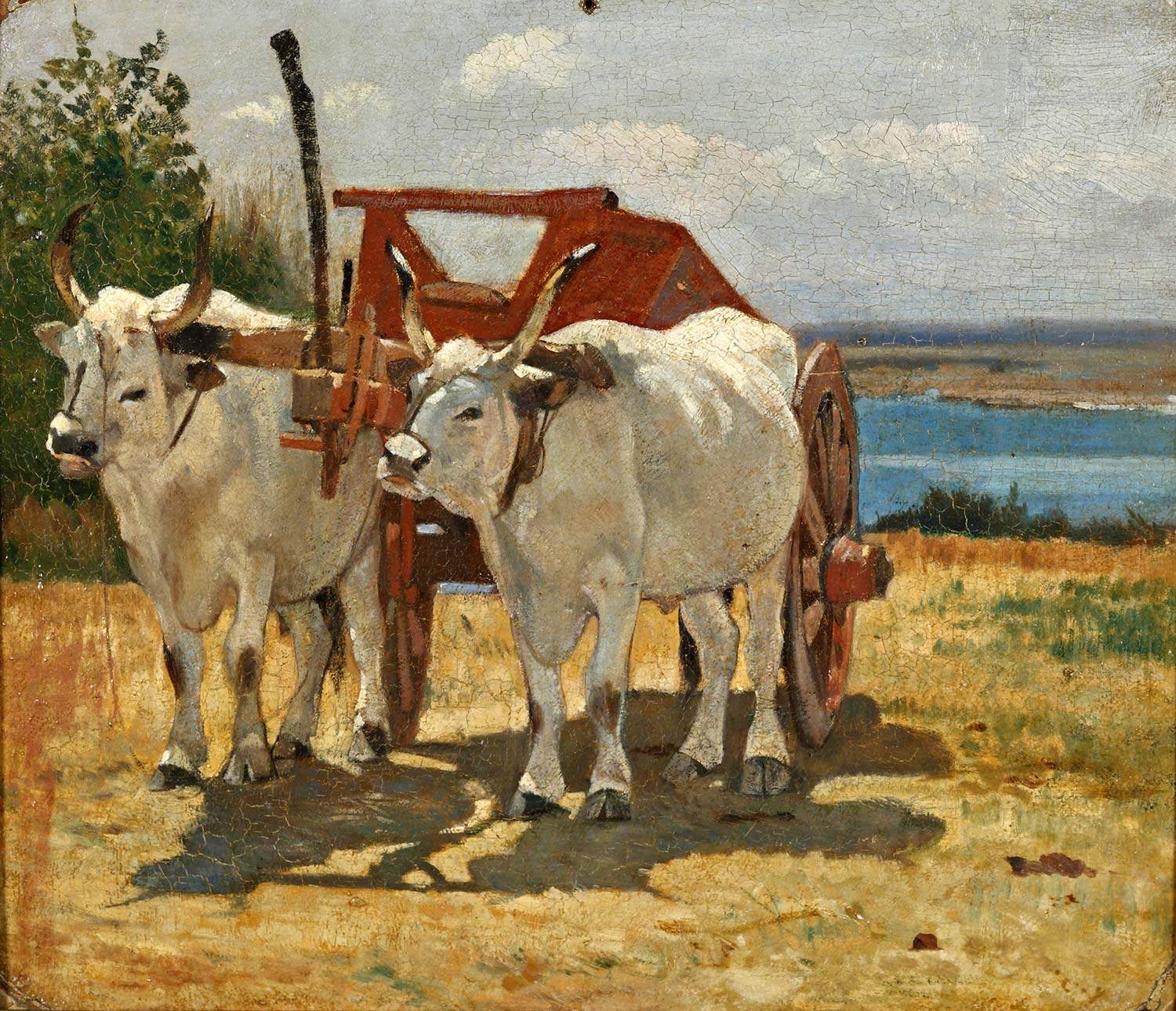
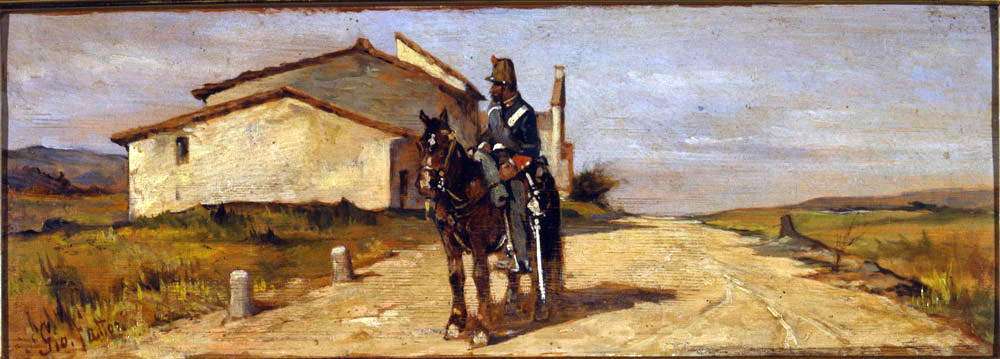

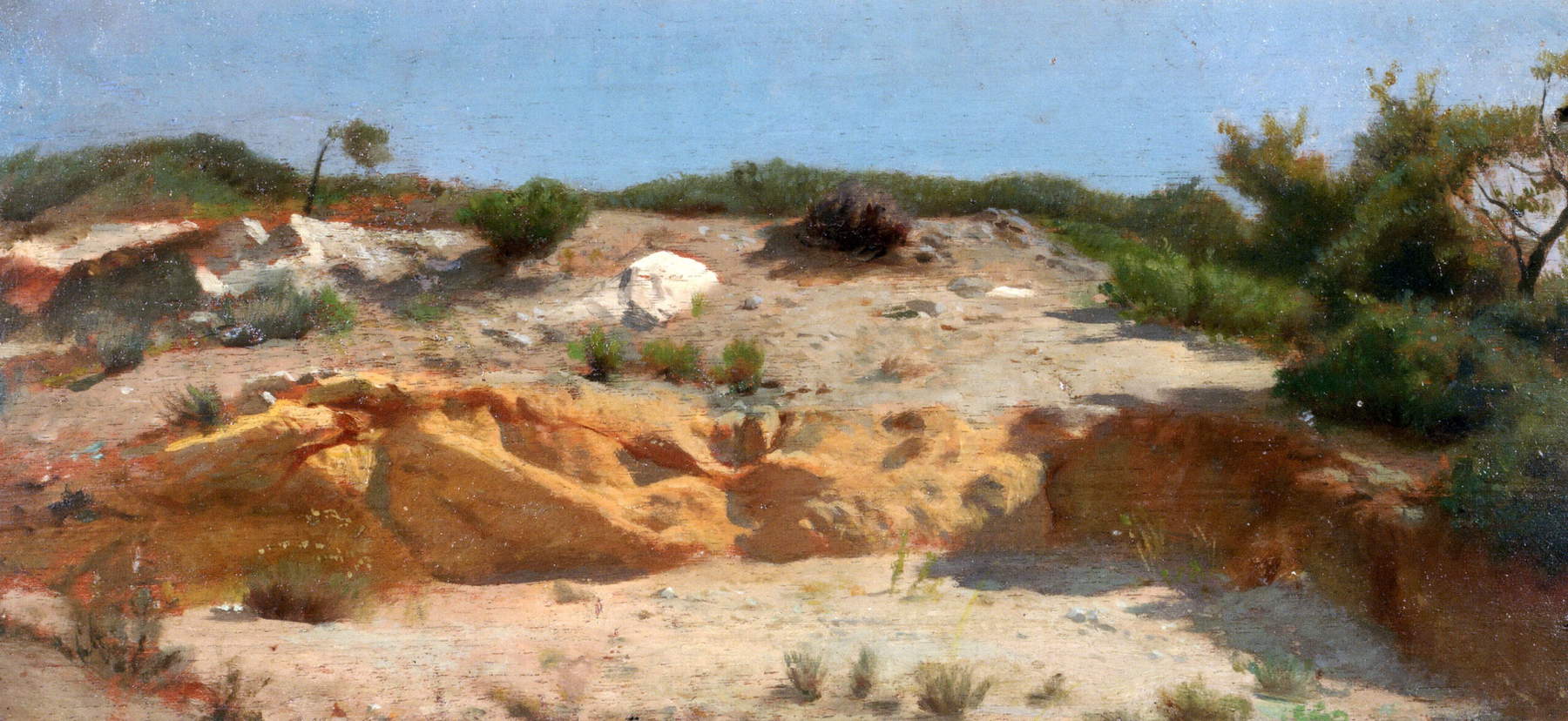
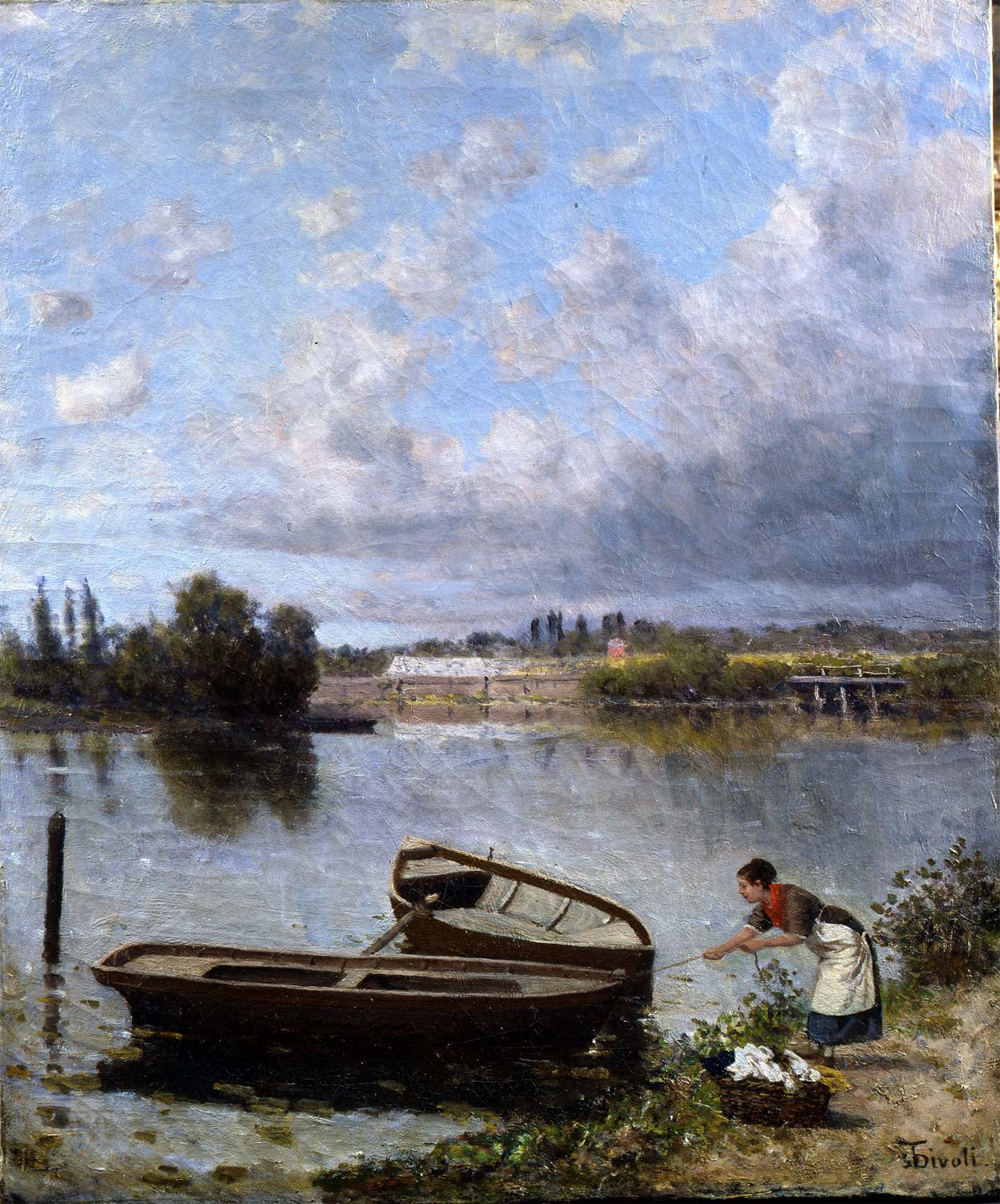
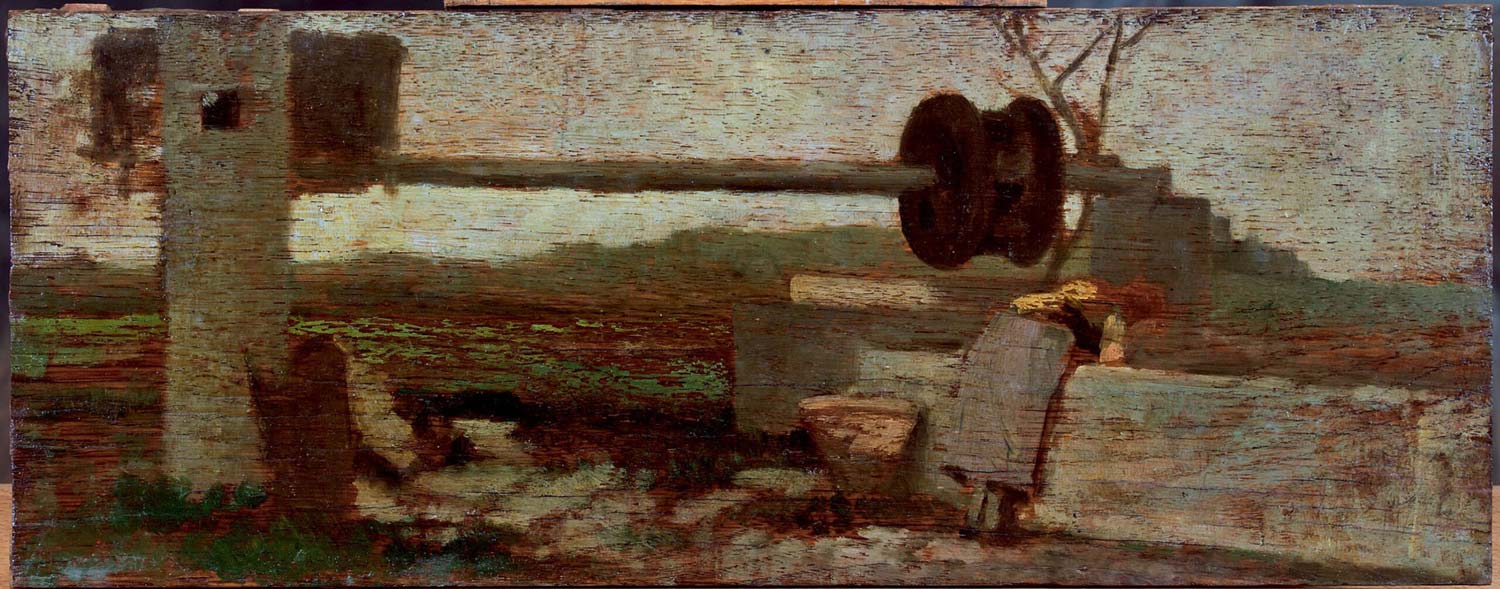
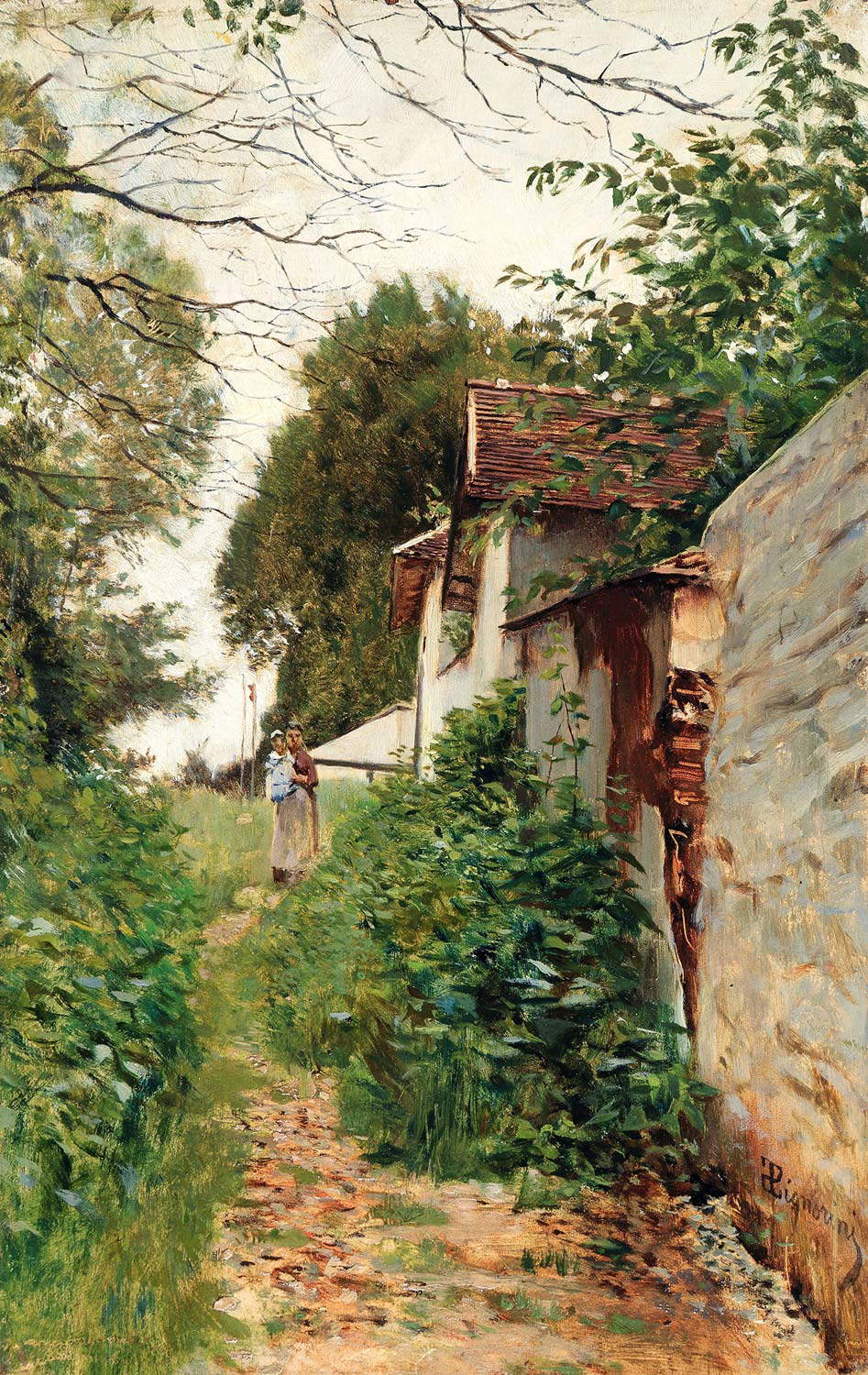
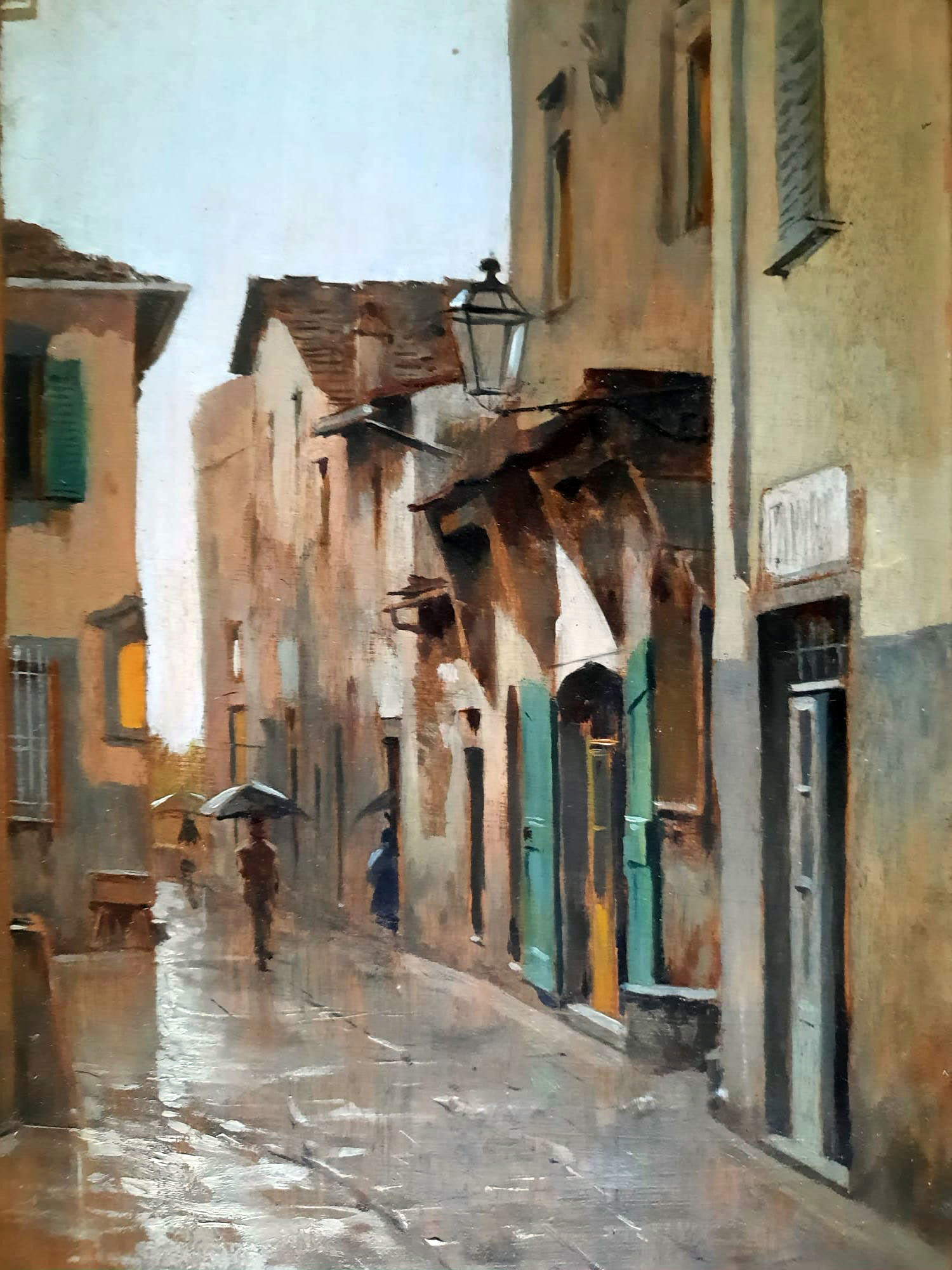 Telemaco
Telemaco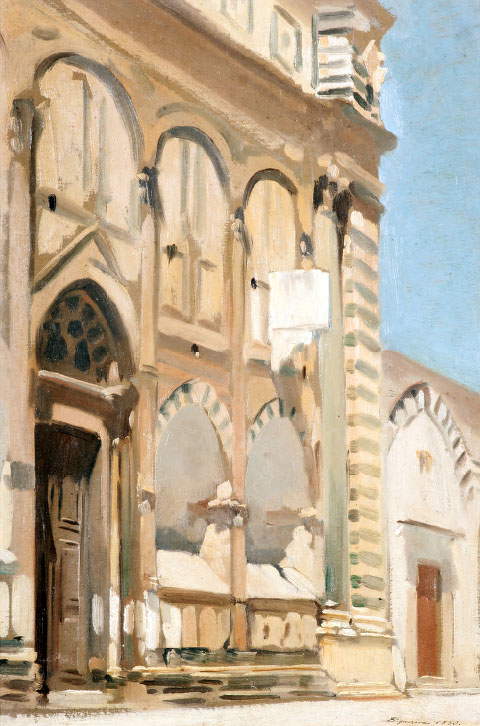
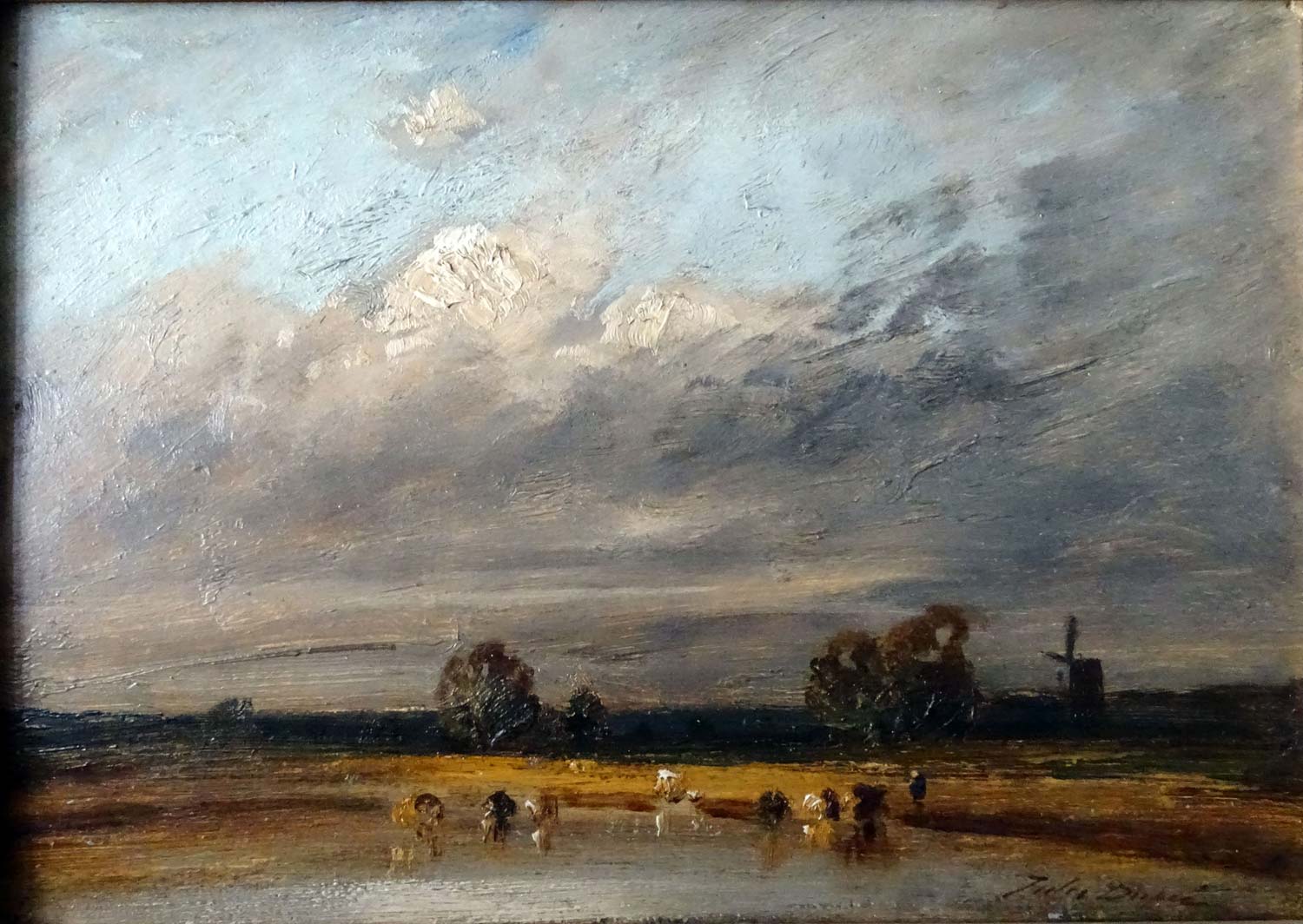
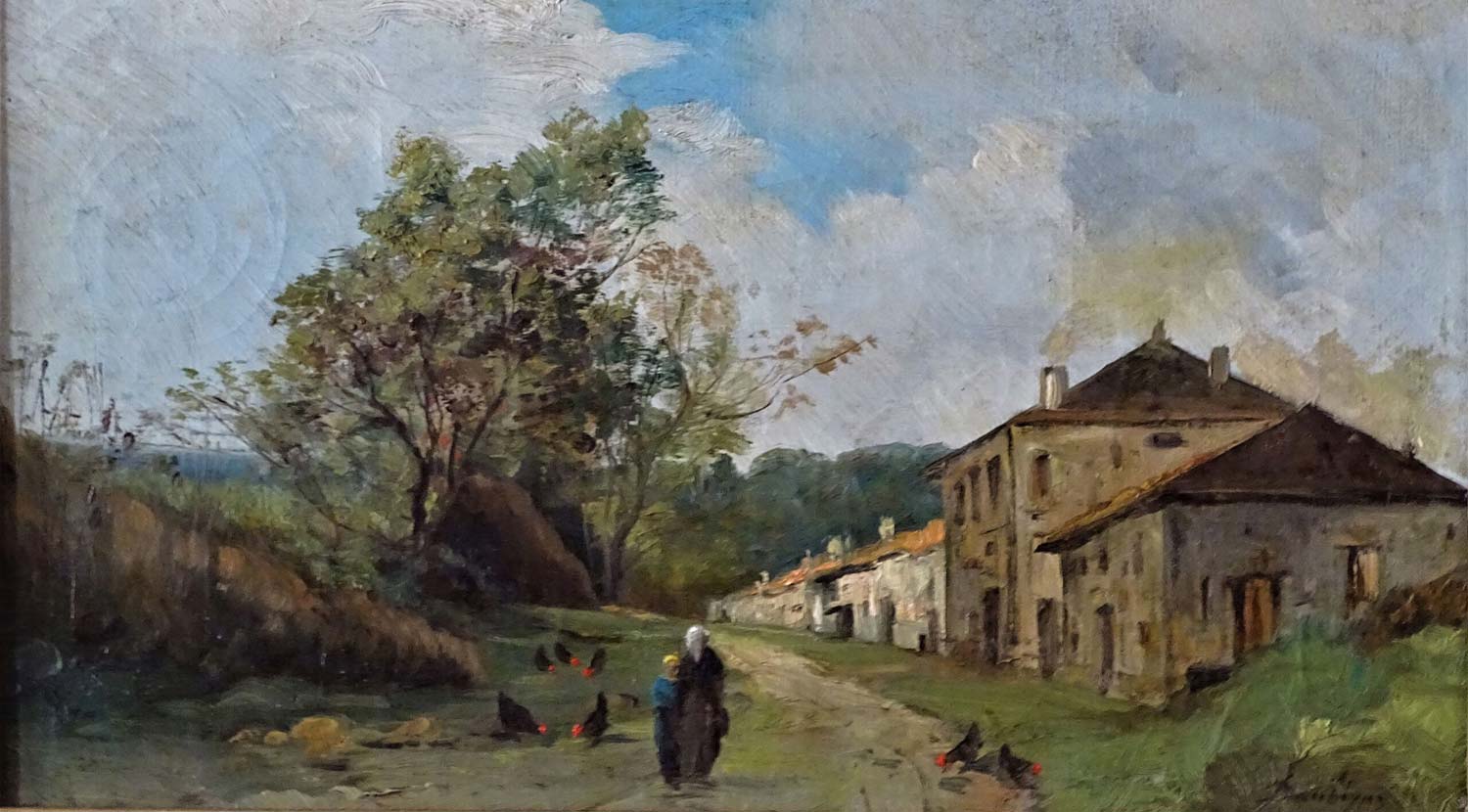
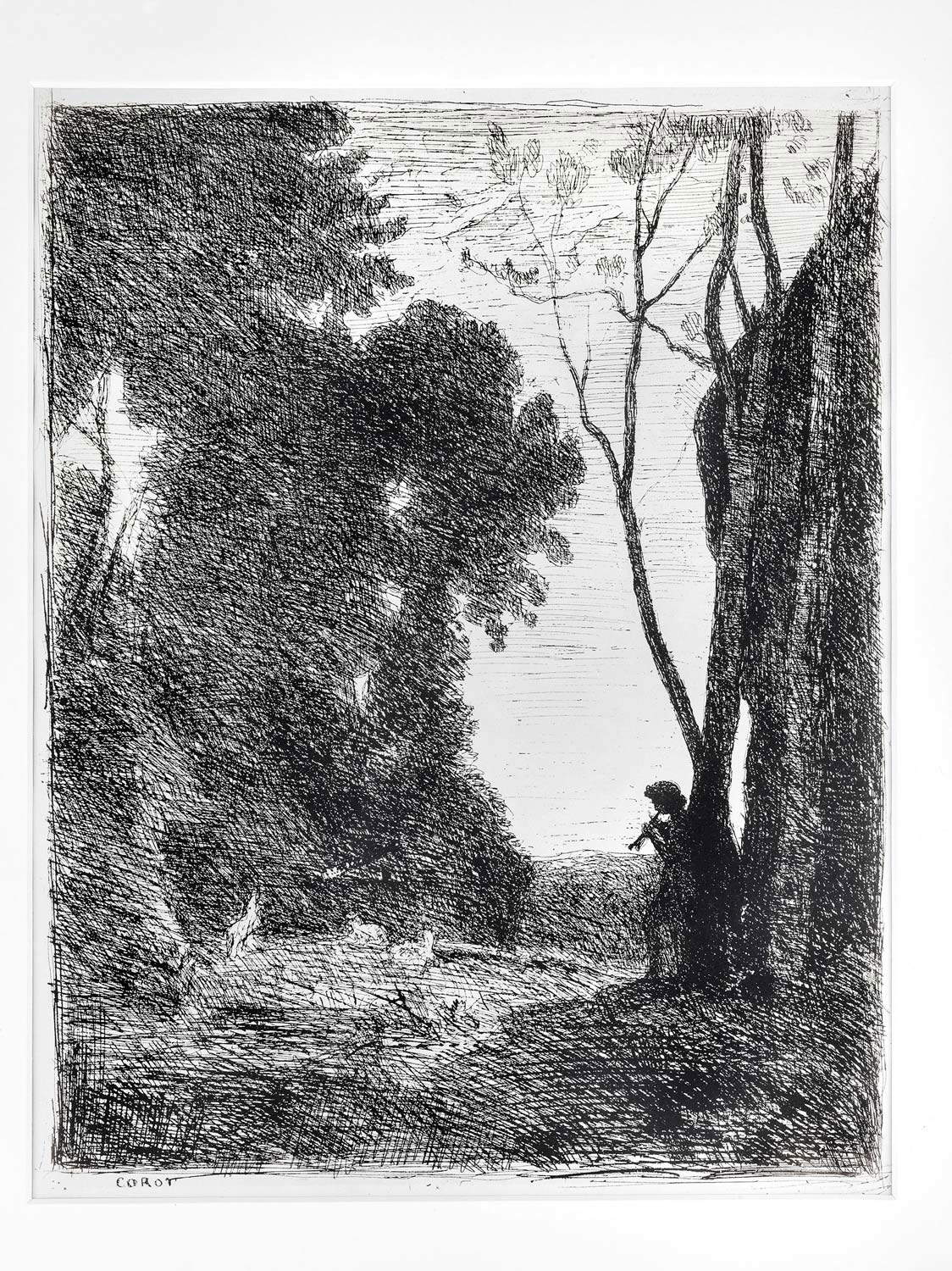
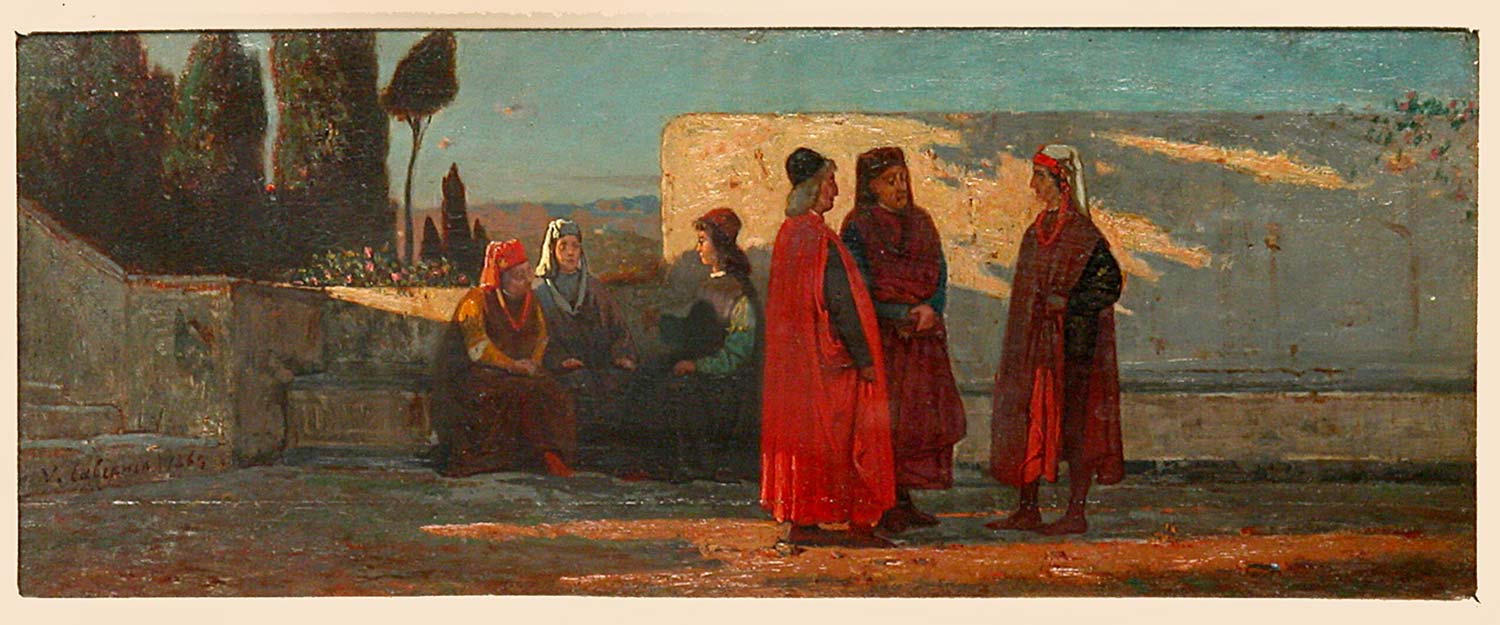
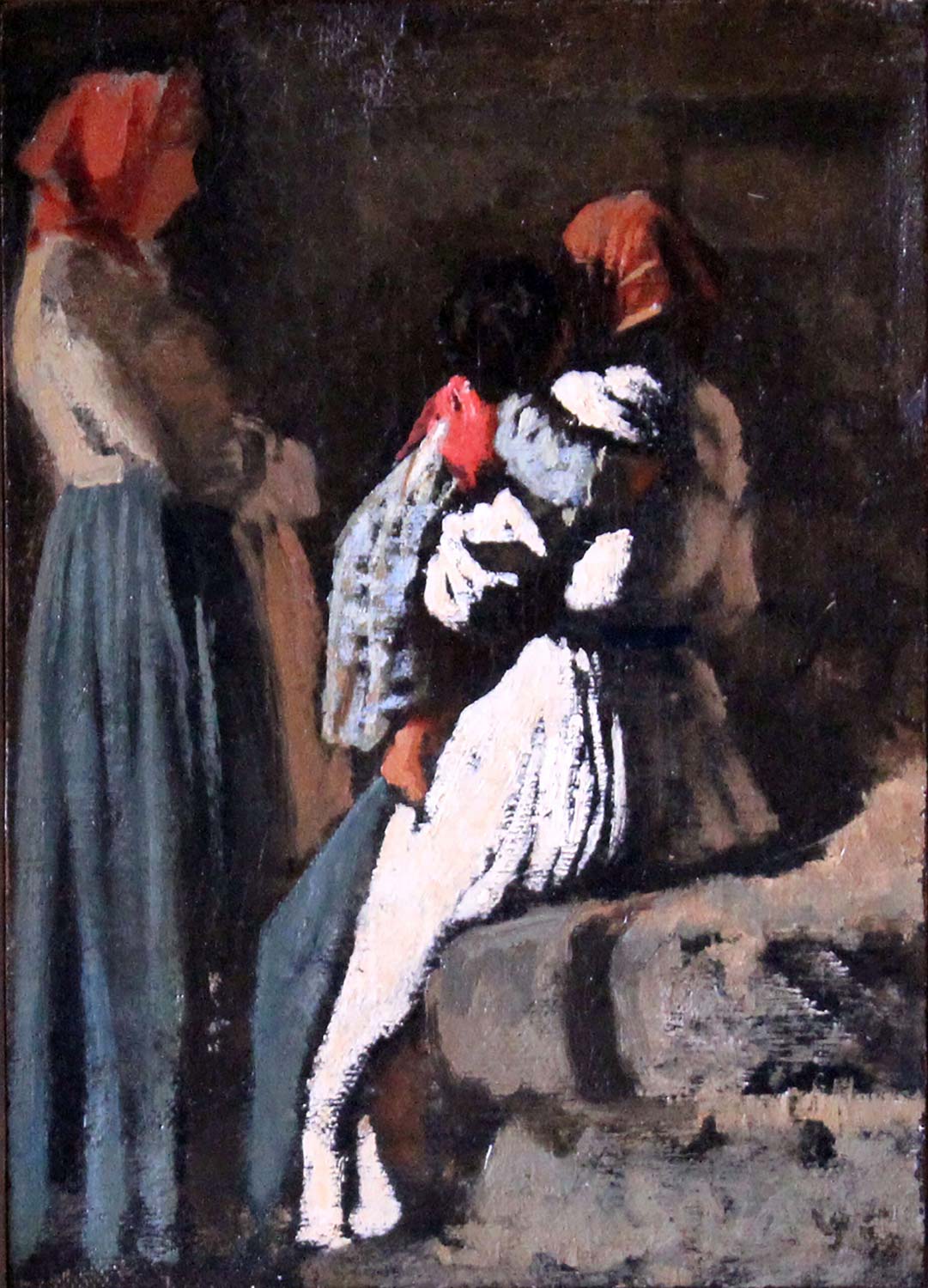 Vincenzo Cabianca,
Vincenzo Cabianca,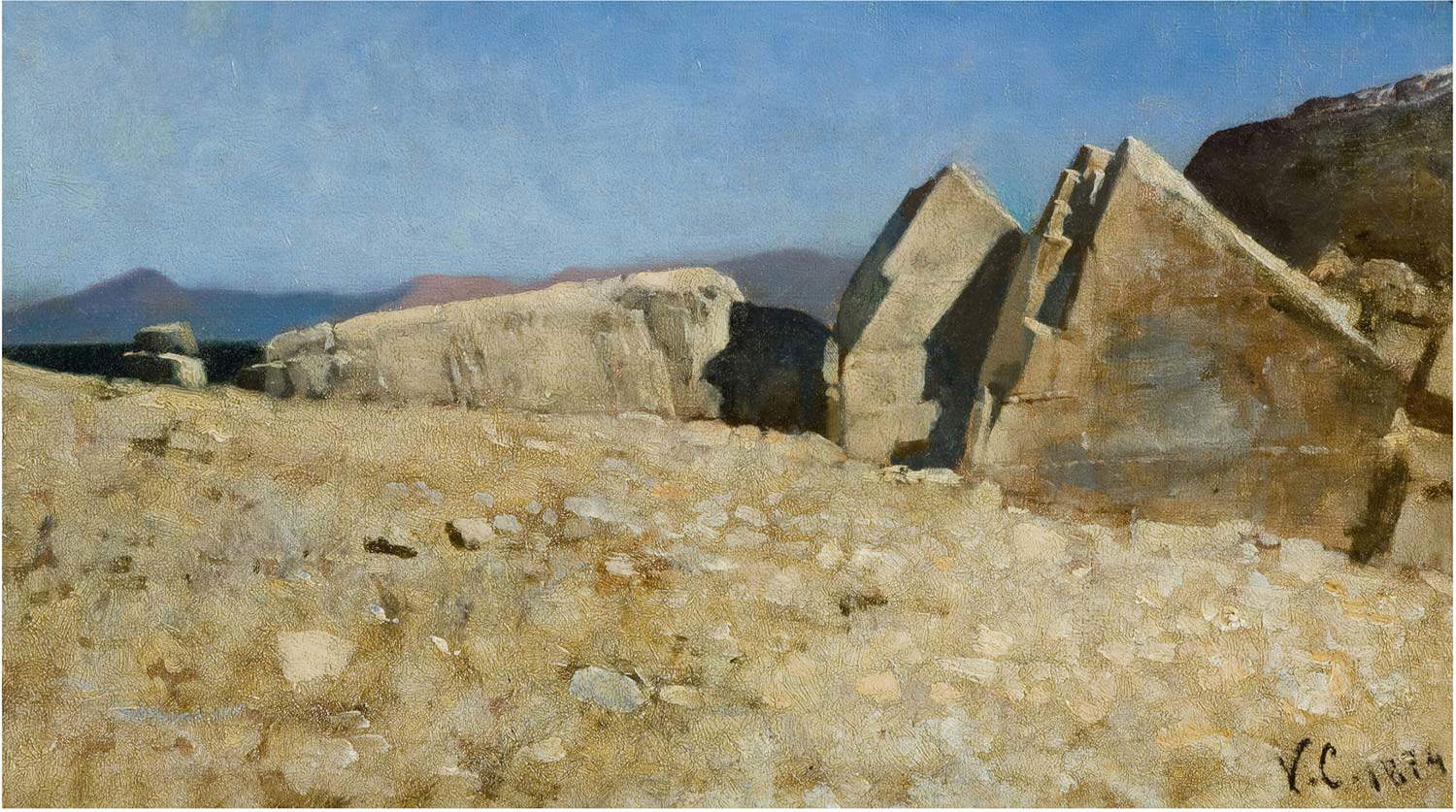 Vincenzo Cabianca,
Vincenzo Cabianca,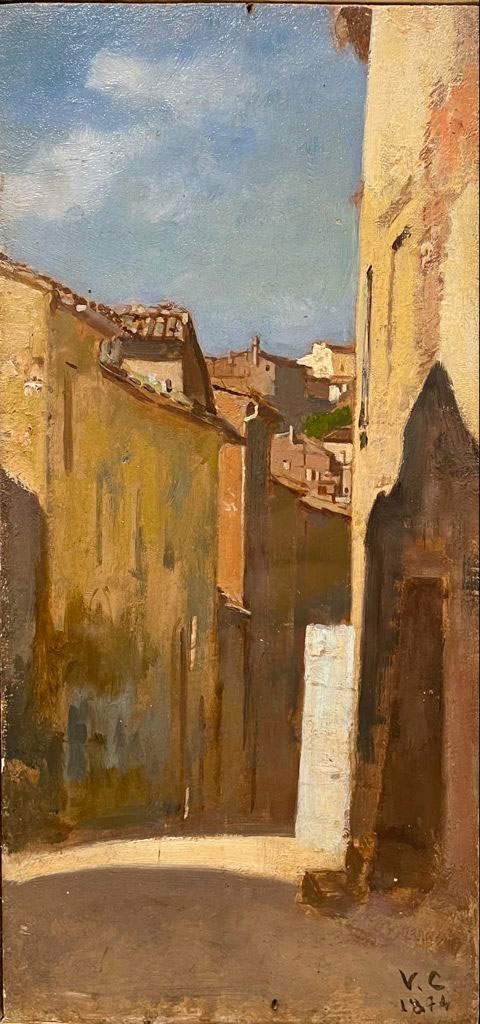
 |
| The Macchiaioli and the invention of Plein Air between France and Italy on display in Monza |
Warning: the translation into English of the original Italian article was created using automatic tools. We undertake to review all articles, but we do not guarantee the total absence of inaccuracies in the translation due to the program. You can find the original by clicking on the ITA button. If you find any mistake,please contact us.





























